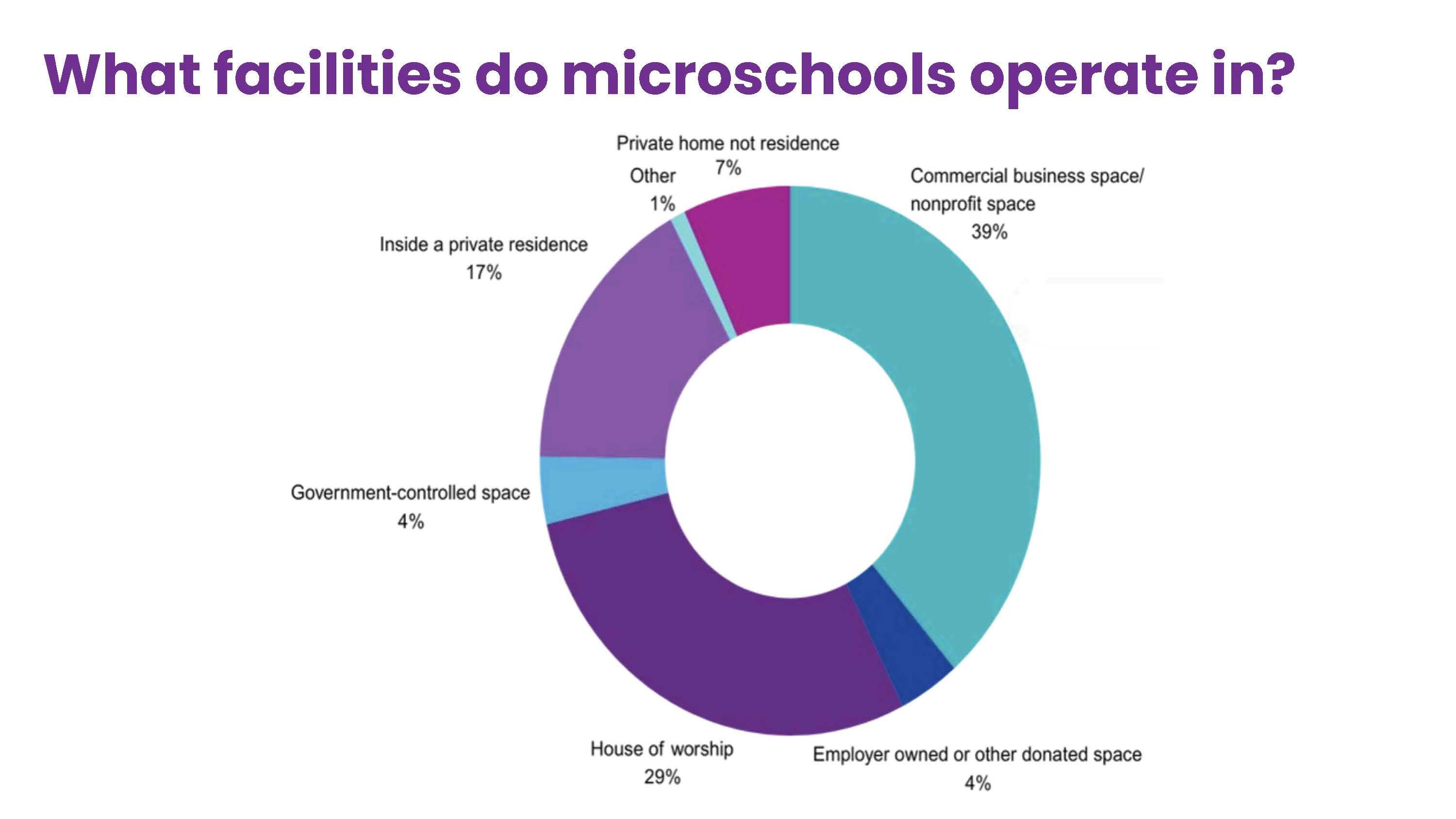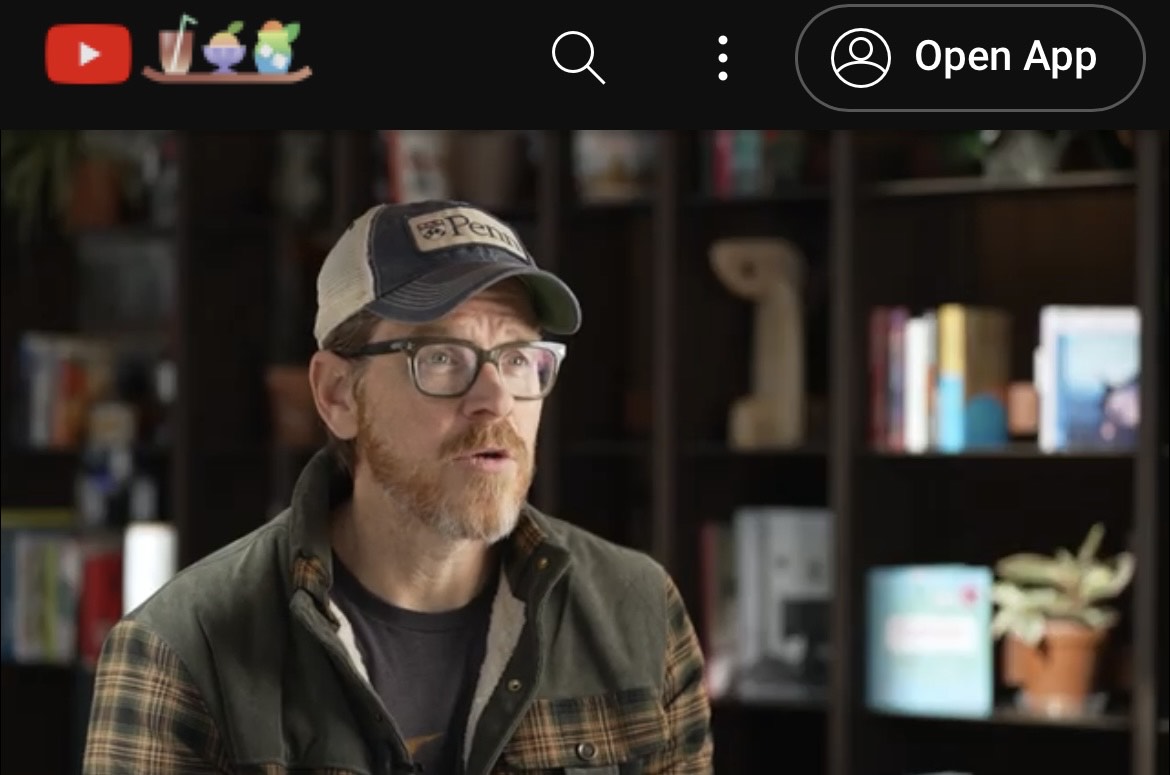What Facilities Do Microschools Operate In?
Finding functional, affordable facilities space is often a challenge for microschool founders. Microschools need to operate in convenient locations...
3 min read
Michael Parsons : Jul 7, 2023 1:26:00 AM
.png)
West Virginia often gets a bad rap for education. Being a life-long West Virginian, I can attest that the barriers for students are numerous and have been growing for years. To name just a few:
This list is by no means exhaustive, and the reality is that many students in West Virginia cannot help but be at a disadvantage in a standard classroom, and families are often left without a clear path forward. What’s more, options for non-public education in West Virginia have been few and far between for quite some time. The options that are available - assuming a family cannot or does not want to homeschool - come with hurdles of their own like high tuition or a long waitlist.
You might be wondering at this point if the title of this article was intended to be satire or some sarcastic jab at the state’s education system. If so, you couldn’t be further from the truth.
With two bold steps, West Virginia is venturing into uncharted waters. The first of these is the passage of the Hope Scholarship. However, the focus of this articles the second step. West Virginia Legislature has codified a definition for microschools along with a unique exemption from compulsory public education, exemption (n). WV Code §18-8-1(n) states:
“Microschool” means a school initiated by one or more teachers or an entity created to operate a school that charges tuition for the students who enroll and is an alternative to enrolling in a public school, private school, homeschool, or learning pod.5
While some might argue that this distinction is trivial given that the state already allows options for students to be homeschooled and/or attend a private school, I disagree. Microschools are unique in that they can pop up almost organically to meet the needs of the communities they serve, they can start with significantly less overhead than large private schools, and are nimble enough to pivot when the needs of the community change.
I founded Vandalia Community School in Charleston, WV days after Senate Bill 268 went into effect. Since then, I have learned of many microschools throughout the state who have opened or will soon be opening. Across the state, these microschools are breaking barriers to create unique opportunities in their communities. Eyes and Brains STEM Center is breaking down barriers to STEM fields in the Elkins, WV area. In Martinsburg, WV The Hive Learning Academy is using an eclectic, Montessori Inspired model to deliver an individualized education for their students, and practically next door to Vandalia, Kanawha Valley Academy is creating safe spaces where any learning style is met with respect and acceptance.
If you think this sounds too good to be true, I disagree. If you’re left shaking your head and thinking this is just another shiny fad destined to flop, I still disagree. Microschools are not the answer to all of West Virginia’s problems, nor are they the right fit for every student. There is no single answer, but microschools fill a void that other educational models cannot. It is my hope that microschools benefit the students they serve as well as students outside their community. Their flexibility provides unique opportunities to work alongside and support homeschoolers, private schools, and public schools. With an open mind and the right support, microschools can play a pivotal role in creating a vibrant educational ecosystem where schools and educators of all types can work together so that students can thrive right here in the beautiful hills of West Virginia.
After seeing the outpouring of support that our microschool movement has received in West Virginia, it is clear that this model has tremendous appeal and potential. I recommend policy makers and educators from other states connect with the National Microschooling Center and with microschool leaders and policy makers in West Virginia to learn more about crafting microschool policies that serve your communities.
It makes me proud that my state is the first to make this bold move to support students. All I can say to other states and organizations watching as West Virginians blaze a trail through the mountains of a new educational landscape is “Hey Y’all, watch this!”

Finding functional, affordable facilities space is often a challenge for microschool founders. Microschools need to operate in convenient locations...
.jpg)
We love microschooling, and it makes all the hard work of building and running a microschool more fun. That said, some of the important tasks in...

What is a microschool? The National Microschooling Center get asked this question a lot, almost every day. And we are thrilled to share this series...